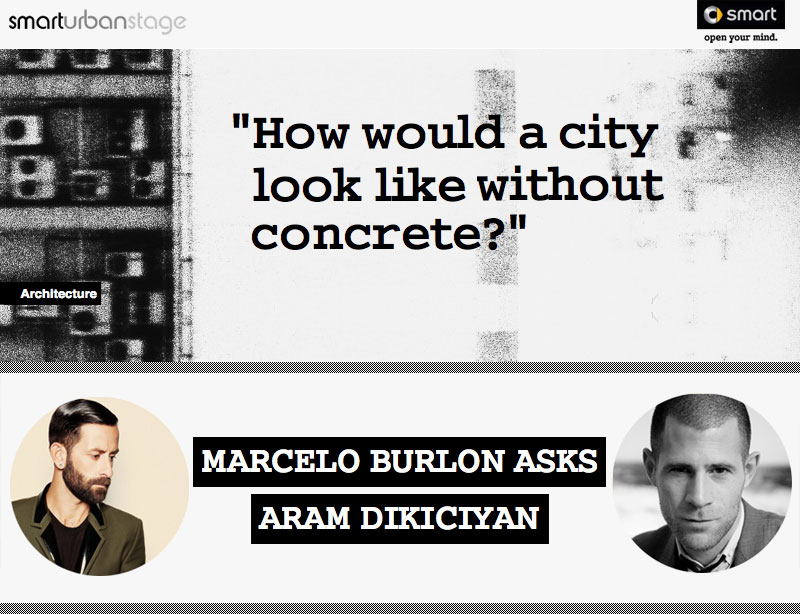Merry Wanderer of the Night [Search results for gallery]
Heritage: Egypt unveils renovated Tutankhamun Gallery

UK: New light for old master paintings

Italy: Italy looks for help with heritage management

"Doctor Who: The Doctor's Wife" Gallery!

Salma Hayek | Profile | Sexy Gallery

India: Australia to return centuries-old stolen Buddha statue to India

New photo «The Shard»
Heritage: Egyptian artefacts seized in Australia

Cannes Film Festival 2011: Salma Hayek in a wacky Gucci dress

Italy: Medici Greek bronze undergoes restoration

Architectural luxury Fiji
UK: British Museum considers more ‘Elgin Marbles’ loans
Southern Europe: Experts criticize Altamira cave reopening to public

North America: Artefacts looted from India discovered at Honolulu Museum of Art

Near East: Egyptian statue to remain in the UK

Smart’s Future of the City Continues

Life on the Moon




